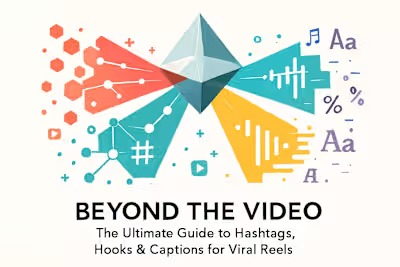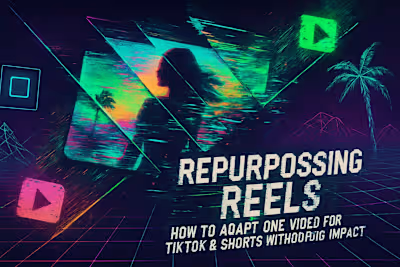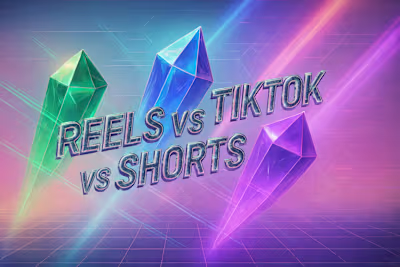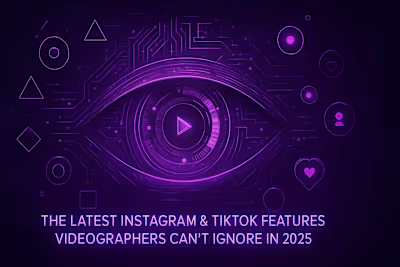Instagram & TikTok Algorithm Myths Busted: A 2025 Guide for Videographers
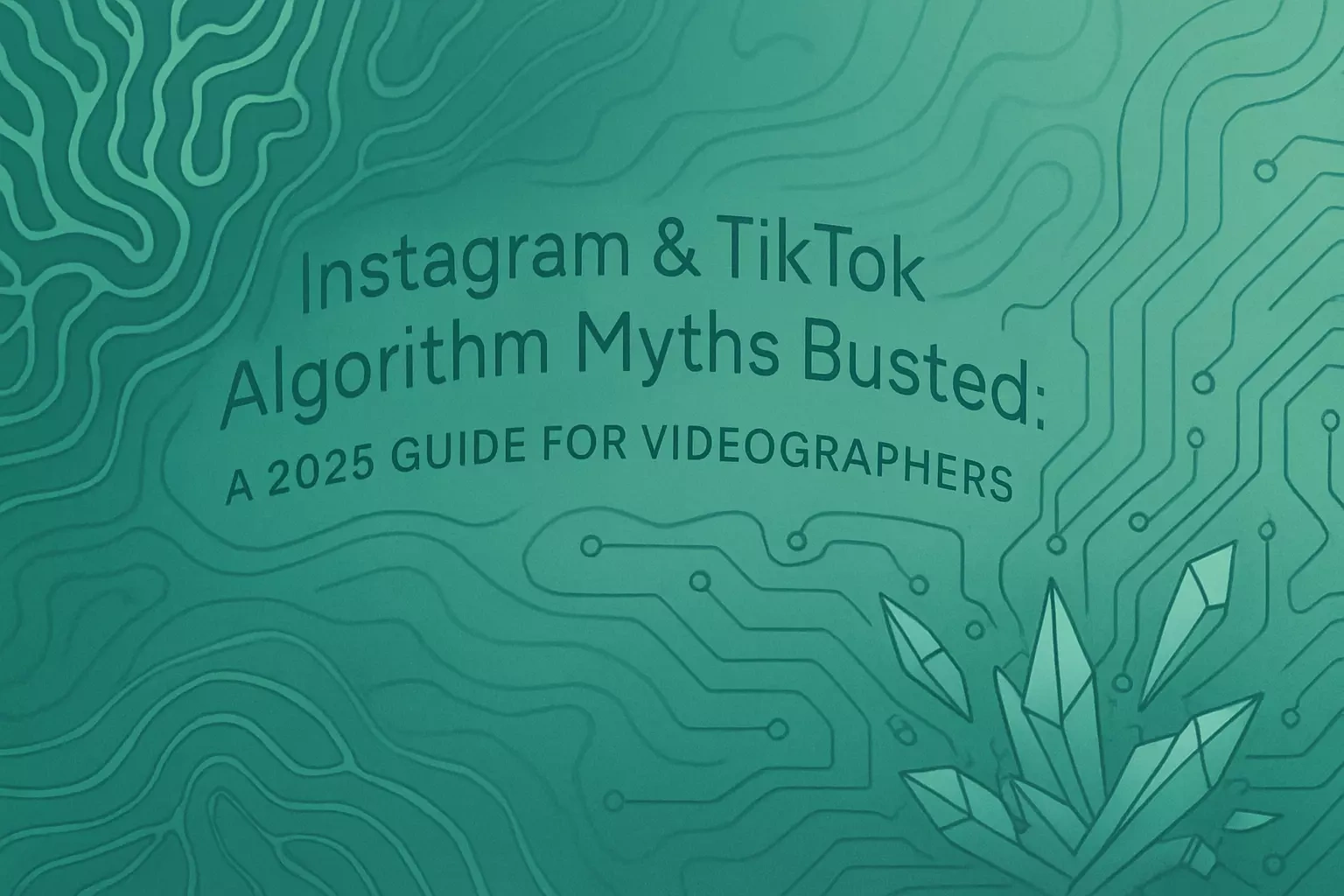
Instagram & TikTok Algorithm Myths Busted: A 2025 Guide for Videographers
Myth #1: You Need to Post Every Single Day
Fact: Consistency Over Quantity
Myth #2: Deleting a Poorly Performing Video Hurts Your Account
Fact: The Algorithm Focuses on Individual Video Performance
Myth #3: You Need a Lot of Followers to Go Viral
Fact: Quality Content is the Great Equalizer
Myth #4: '#FYP' and '#ForYou' Hashtags Get You on the For You Page
Fact: These Hashtags Have No Special Power
The Truths That Matter: What the Algorithms Actually Reward
Watch Time & Re-watches
Engagement Signals (Shares, Comments, Saves)
Original Content
Conclusion
References
Instagram & TikTok Algorithm Myths Busted: A 2025 Guide for Videographers
Myth #1: You Need to Post Every Single Day
Fact: Consistency Over Quantity
Myth #2: Deleting a Poorly Performing Video Hurts Your Account
Fact: The Algorithm Focuses on Individual Video Performance
Myth #3: You Need a Lot of Followers to Go Viral
Fact: Quality Content is the Great Equalizer
Myth #4: '#FYP' and '#ForYou' Hashtags Get You on the For You Page
Fact: These Hashtags Have No Special Power
The Truths That Matter: What the Algorithms Actually Reward
Watch Time & Re-watches
Engagement Signals (Shares, Comments, Saves)
Original Content
Conclusion
References
Posted Jun 30, 2025
Still believe in 'shadowbanning' or that posting at a specific time guarantees virality? We debunk the biggest algorithm myths and reveal what actually gets your videos discovered on Reels and TikTok.






